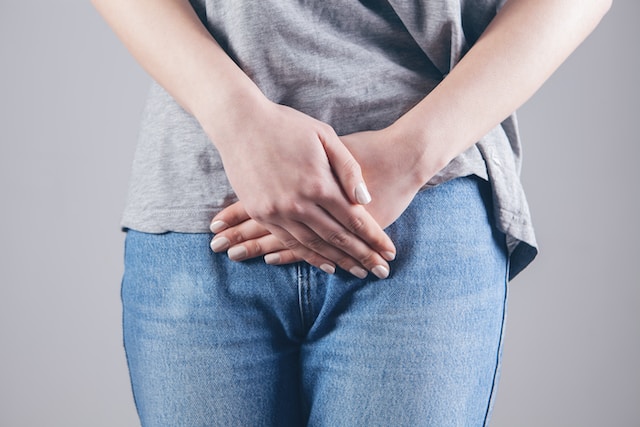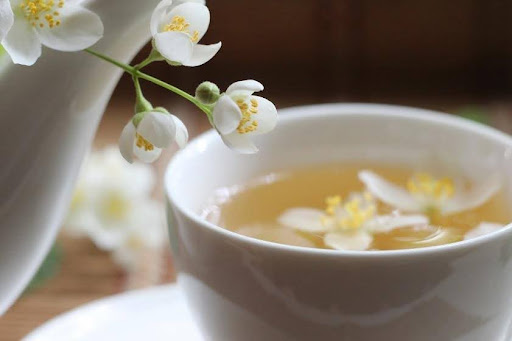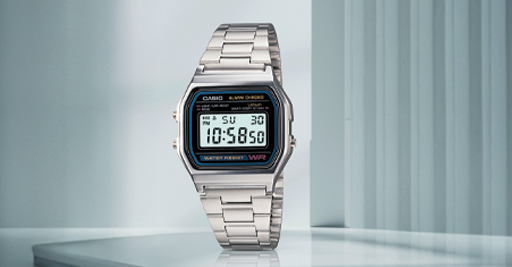What is Urinary Incontinence & 5 Effective At-Home Remedies

The problem of urinary incontinence, which affects millions of individuals worldwide, is widespread yet sometimes misunderstood. It alludes to the uncontrollable leakage of urine, which can cause awkward and possibly disruptive circumstances. Understanding the causes and potential remedies is essential for enhancing the quality of life for impacted individuals, even if open discussion can be difficult.
This in-depth study on urinary incontinence will explore its manifestations and five practical at-home treatments for managing and reducing its symptoms without medication.
Understanding Urinary Incontinence
Urinary incontinence is not a one-size-fits-all condition. It can appear in several ways, each with specific traits and underlying reasons. Let’s look at the main classifications of urine incontinence:
Stress Incontinence
Stress incontinence develops when the bladder is put under strain by bodily actions like laughing, sneezing, or lifting large things. Due to this pressure, urine may unintentionally flow in small volumes. It is frequently linked to weak pelvic floor muscles, which women generally encounter following delivery or throughout menopause.
Urge Incontinence
Urge incontinence, also known as overactive bladder, involves a sudden and intense urge to urinate, often resulting in an inability to reach the restroom in time. Urinary tract infections, nerve damage, and other underlying medical conditions may contribute to this illness.
Overflow Incontinence
When the bladder does not empty, overflow incontinence develops, causing persistent dribbling or leaking of little volumes of pee. As in situations of an enlarged prostate in males, it is generally associated with a blockage or malfunction in the bladder outflow.
Functional Incontinence
Functional incontinence is not primarily caused by bladder issues but rather by physical or cognitive impairments that make reaching the restroom in time challenging. It frequently goes hand in hand with ailments like arthritis, dementia, or restricted movement.
Mixed Incontinence
Mixed incontinence is a combination of two or more of the above types. For instance, a person could feel stress and urge incontinence simultaneously, necessitating treating several underlying reasons.
After learning more about the many forms of urine incontinence, let’s look at five efficient at-home treatments that can assist in controlling and treating its symptoms.
5 Effective At-Home Remedies
- Pelvic Floor Exercises
Pelvic floor exercises, sometimes called Kegel exercises, are one of the best strategies to treat stress incontinence. These quiet exercises can be performed anywhere, anytime, to help strengthen the muscles that support the bladder. Kegel exercises include briefly contracting and releasing the pelvic floor muscles. For gradual but significant improvement, do this multiple times each day.
- Dietary Modifications
Certain meals and drinks might aggravate the symptoms of urine incontinence by irritating the bladder. It is important to be aware of and avoid any potential triggers, such as coffee, alcohol, artificial sweeteners, and foods that are very spicy. Constipation, which can make overflow incontinence worse, can be avoided to some degree by eating a diet that is both well-balanced and high in fiber.
- Fluid Management
Even though it may seem contradictory, limiting fluid consumption, especially in the evening, can be useful for fewer nightly bouts of urine incontinence. Restricting fluid intake before bed reduces the risk of the bladder filling up as we sleep. But it’s important to maintain a balance by drinking enough water throughout the day. Dehydration can cause concentrated urine, which could aggravate incontinence symptoms by irritating the bladder lining.
- Bladder Training
Bladder training aims to progressively retrain the bladder to retain pee for extended periods. It is a systematic and patient-centered approach. People with urge incontinence might benefit the most from this treatment since it gives them back control over their bladder function. Individuals might start by increasing the intervals between bathroom breaks by 10-15 minutes, then gradually lengthen them.
- Underwears for Incontinence
Urinary incontinence underwear is a discreet and practical solution for managing leakage. These specialized garments are designed to provide protection and comfort while effectively trapping and neutralizing odors. They are available in various designs and absorbency levels, letting people pick the one that best suits their needs. Incontinence underpants can boost self-assurance and mental clarity, allowing people to carry on with everyday activities without anxiety.
Conclusion
Urinary incontinence is a common condition that affects individuals of all ages and genders. Understanding the various forms of incontinence and its underlying causes is crucial for managing and treating its symptoms. Although medical treatment options are available, these at-home solutions can significantly enhance the quality of life for persons dealing with urine incontinence.
Remember that every person with urine incontinence has a different experience, and getting advice and treatment from a healthcare expert is essential for individualized care.


